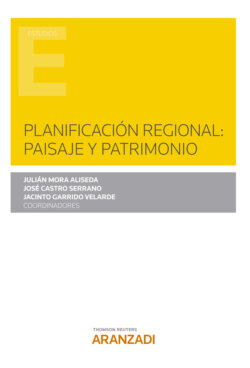Читать книгу Planificación regional: paisaje y patrimonio - José Castro Serrano - Страница 14
На сайте Литреса книга снята с продажи.
2.5. The period after 2020
ОглавлениеIn October 2014 the European Council agreed on a new target framework for 2030 using a threefold approach for 2020. The 2030 greenhouse gas target of 40 % will continue to be split into ETS (43 % compared to 2005) and non-ETS sector targets (30 % compared to 2005), with the non-ETS targets being binding at the MS level. The new target values for ETS and non-ETS will have to be included in legislation, which will require a reform of the ETS Directive and a new ESD dividing up the overall non-ETS goal between the Member States. In January 2014 the European Commission already presented a proposal for a reform of the EU ETS with a focus on the introduction of a market stability reserve.
The legal status of the renewable energy target has been weakened, as the target of 27 % is binding only at the EU level. Therefore, the RED will have to be adapted to match the new European target but leave out binding Member State contributions. Nevertheless, it will have to define the national target-setting process (a new element compared to the existing legislation) and revise the reporting requirements. Additionally, a mechanism to measure progress towards the target needs to be implemented, and what follows from the identification of a gap has to be specified.
The 2030 energy efficiency target will remain indicative at the EU-level with targeted improvements of 27 % over the baseline projection. The EED can therefore essentially stay the same regarding target notification and reporting (National Energy Efficiency Action Plans), with adaptations for the new target value. Other instruments, such as the Ecodesign Directive and Eco-Labelling and the CO2 standards for cars, may also be revised before 2020 to provide additional reductions. New policies for other sectors may be developed in the 2015-2020 time frame.
As the ambition and the sustainability of the EU’s internal climate policies strongly depend on external developments, it remains key for the EU to encourage its international partners to make similar choices in their domestic climate policies (Delreux & Ohler, 2019).
